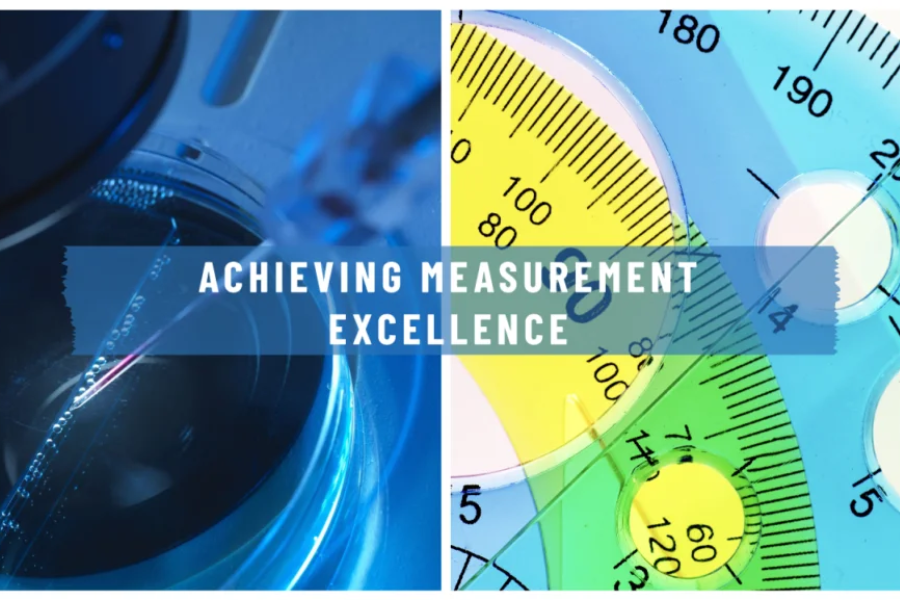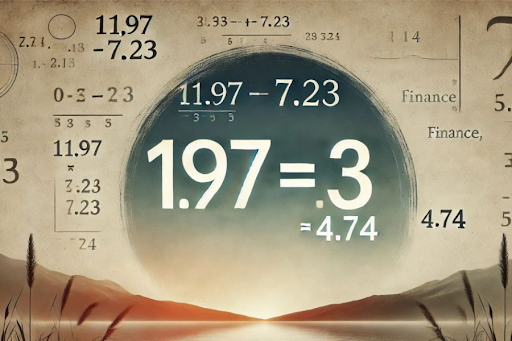Understanding the Distinction: What is the Difference Between 11.97 and 7.23?
Introduction
Numbers play a crucial role in various fields, from finance to science, and even daily decision-making. One common question that arises is what is the difference between 11.97 and 7.23? On the surface, these figures appear as simple numerical values, but their significance can be profound depending on the context in which they are applied. This article delves deep into the numerical, financial, and practical aspects of these values and explains their impact in real-world scenarios.
Exploring the Value of 7.23
Much like 11.97, 7.23 is a significant numerical figure with diverse applications. It could denote a measurement in physics, an interest rate in finance, or even a percentage discount on a product. In specific contexts, 7.23 might represent the average speed of a vehicle, the time taken to complete a task, or a statistical figure in research. While it is numerically smaller than 11.97, its importance remains substantial, particularly in fields where precision and accuracy are essential.
A Numerical Comparison: What is the Difference Between 11.97 and 7.23?
At its core, the difference between 11.97 and 7.23 is a straightforward calculation: 11.97 – 7.23 = 4.74. However, the impact of this difference can vary greatly depending on its application. In finance, a 4.74% difference in interest rates can lead to significant variations in investment returns. Similarly, in scientific research, a variance of 4.74 units in an experiment could lead to entirely different results. Understanding this numerical gap is essential for precise calculations in professional and everyday scenarios.
Why Precision Matters in Numbers Like 11.97 and 7.23
Precision is critical when dealing with numbers such as 11.97 and 7.23. Even a minor miscalculation can lead to costly mistakes, particularly in industries like finance, engineering, and data analysis. Consider the following examples:
- Banking & Finance: A 0.01% difference in an interest rate may seem small, but over time, it could mean the difference between profit and loss.
- Scientific Research: Laboratory experiments often require exact values. A 4.74-unit discrepancy could alter the results of a critical study.
- Engineering & Construction: Inaccurate measurements in construction could lead to structural failures or additional costs.
This is why understanding the difference between 11.97 and 7.23 is not just about math—it’s about ensuring accuracy and making informed decisions.
Real-World Applications of the Difference Between 11.97 and 7.23
The 4.74 difference between 11.97 and 7.23 manifests in multiple real-world situations. Some notable examples include:
- Investment Growth: A business seeing 11.97% profit growth compared to a competitor with 7.23% growth could gain a significant market advantage.
- Physics & Engineering: The forces acting on an object might be measured as 11.97 Newtons in one experiment and 7.23 Newtons in another. This 4.74 variance could determine the stability of the structure.
- Retail & Pricing: If two products are priced at $11.97 and $7.23, understanding the price difference can help customers make better purchasing decisions.
These examples highlight why knowing what is the difference between 11.97 and 7.23 is crucial in diverse fields.
Statistical vs. Practical Significance of the Difference Between 11.97 and 7.23
When analyzing numbers, it is essential to distinguish between statistical significance and practical significance. So, what is the difference between 11.97 and 7.23 in these contexts?
- Statistical Significance: This refers to the likelihood that the observed difference (4.74) is not due to random chance. In scientific research, even small numerical differences can be statistically significant.
- Practical Significance: This focuses on whether the numerical difference has real-world consequences. While a 4.74 difference might be minor in some contexts, it can be life-changing in others, such as medicine or finance.
Thus, even though 11.97 and 7.23 differ by only 4.74, the way this difference is interpreted can vary based on the application.
Conclusion
Understanding what is the difference between 11.97 and 7.23 goes beyond basic arithmetic. These numbers hold great importance in multiple fields, and their 4.74 difference can impact outcomes significantly. Whether in finance, science, engineering, or everyday life, precision and numerical interpretation are crucial for informed decision-making. Recognizing these small yet meaningful distinctions can improve accuracy and lead to better results in both professional and personal scenarios.
FAQs:
1. What is the difference between 11.97 and 7.23 in simple terms?
The numerical difference between 11.97 and 7.23 is 4.74. This difference can have various implications depending on the context in which these numbers are used.
2. How does the difference between 11.97 and 7.23 impact financial decisions? I
n finance, a 4.74% difference in interest rates or investment growth can significantly affect savings, loans, and overall returns.
3. Why does precision matter when comparing numbers like 11.97 and 7.23?
Precision is vital because even small differences can lead to significant changes in outcomes, especially in fields like banking, research, and engineering.
4. Are 11.97 and 7.23 commonly used numbers in real life?
Yes, these values can appear in financial calculations, scientific measurements, retail pricing, and statistical data analysis.
5. How can knowing the difference between 11.97 and 7.23 be useful in daily life?
Understanding numerical differences can help in budgeting, analyzing discounts, making investment decisions, and even interpreting scientific data accurately.
Don’t forget to check back more on TheVerge!







